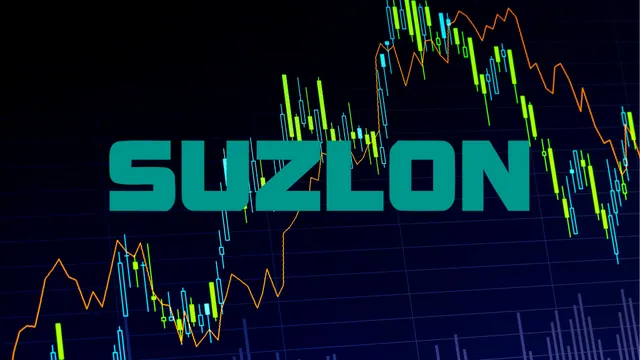
Multi-chain presale launches enable projects to access diverse user bases across different blockchain ecosystems while reducing dependence on a single network’s performance and adoption patterns. These approaches maximise potential investor participation by accommodating users who prefer specific blockchain environments for technical or economic reasons. Cross-network deployment requires careful coordination but provides access to multiple revenue streams while reducing platform concentration risks that could limit project growth potential.
Cost optimisation methods
Transaction fee variations between networks allow projects to offer different pricing structures while accommodating users with varying economic constraints and usage patterns. Ethereum may serve institutional investors who prioritise security over cost, while alternative networks attract retail participants who prefer affordable transaction fees for smaller investment amounts. Token pepe kryptowaluta often benefit from multi-chain deployment when targeting high-value investors and mass market participants with different platform preferences and economic requirements. Fee optimisation across networks enables projects to maintain competitive positioning while maximising accessibility for diverse participant segments.
User base expansion
Different blockchain networks attract distinct user demographics with varying preferences for transaction costs and network features, while maintaining separate ecosystems that rarely overlap significantly. Projects launching on multiple chains can tap into these diverse audiences simultaneously rather than limiting participation to single-platform users who may represent only a fraction of the potential market demand. Ethereum users prioritise security and decentralisation, while Binance Smart Chain participants frequently focus on lower transaction costs and faster confirmation times. Polygon users typically seek scalability, while Solana enthusiasts value high throughput capabilities that enable complex applications and high-frequency trading activities that require minimal latency and cost efficiency.
Liquidity distribution effects
Multiple network launches distribute trading liquidity across decentralised exchanges while preventing concentration on single platforms that might become overwhelmed during high-demand periods. This distribution creates more stable market conditions while providing multiple venue options for participants who prefer specific trading environments or interface designs.
- Arbitrage opportunities emerge between networks, creating natural price stabilisation mechanisms
- Market depth increases through combined liquidity pools across multiple platforms
- Trading volume expansion occurs when different user bases contribute activity simultaneously
- Price discovery improves through multiple market venues and participant diversity
- Exchange listing opportunities multiply across various network-specific platforms
Fragmentation risks require careful management while ensuring sufficient liquidity on each network to support meaningful trading activity without creating isolated markets that lack price efficiency or adequate participant interest for sustainable operations.
Operational complexity management
Multi-chain coordination requires sophisticated project management while maintaining consistent token economics and feature parity across network implementations. Teams must monitor multiple smart contracts while ensuring security updates and feature upgrades occur simultaneously across all supported platforms without creating inconsistencies.
- Development resource allocation across multiple blockchain programming languages and frameworks
- Security audit requirements multiplying across different network implementations and smart contracts
- Customer support complexity increasing through platform-specific technical issues and user questions
- Legal compliance considerations varying between networks operating under different regulatory frameworks
- Treasury management complications arising from multi-token economics and cross-chain operations
Success depends on building robust operational frameworks while maintaining quality standards across all supported networks without allowing complexity to compromise user experience or security standards that protect participant funds and project reputation. Multi-chain presale launches provide user base expansion and risk mitigation while enabling cost optimization and liquidity distribution that amplifies marketing reach through diverse blockchain ecosystems despite operational complexity challenges.




